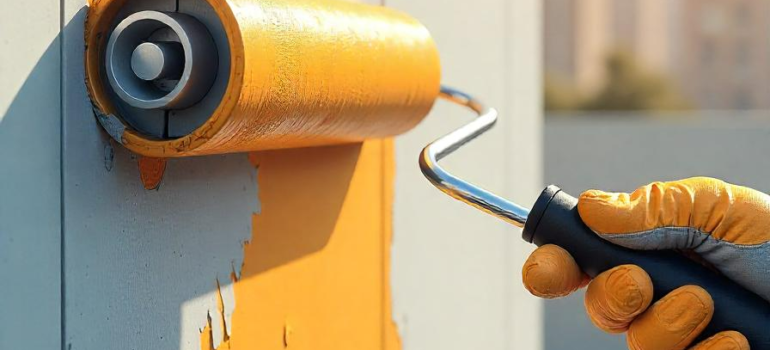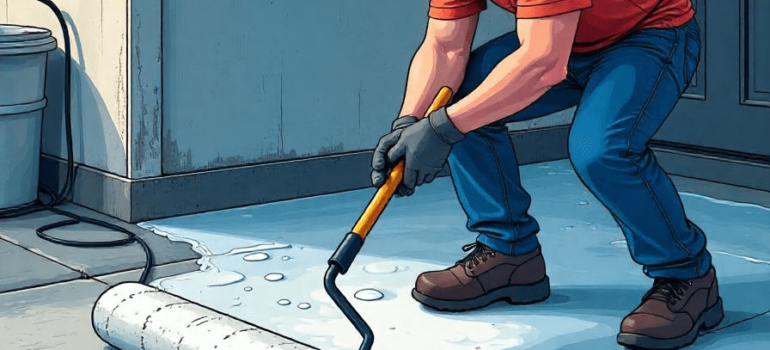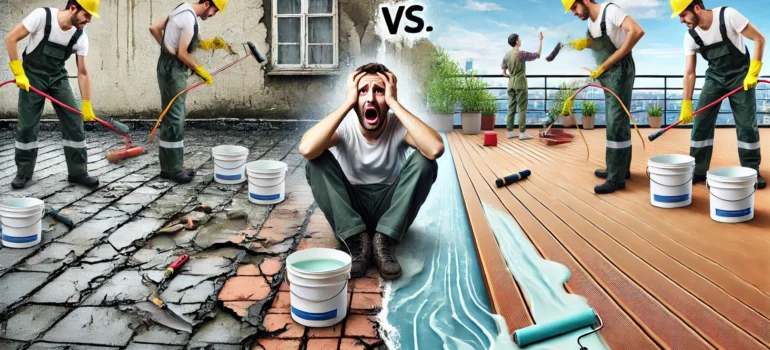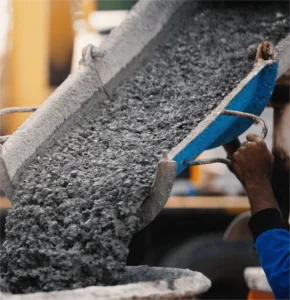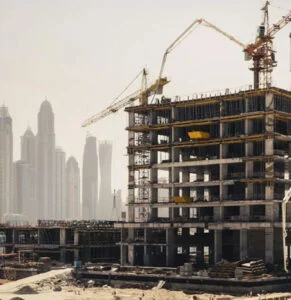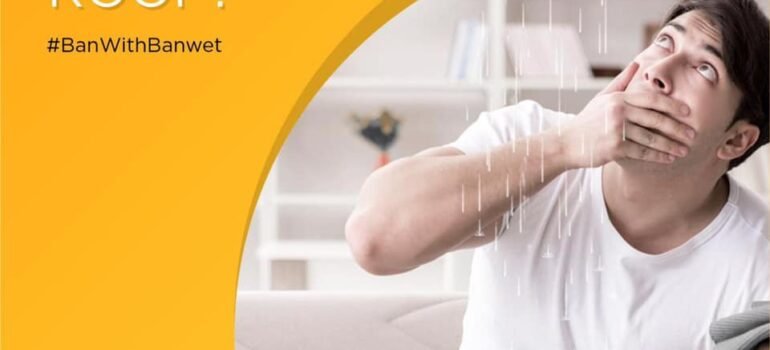Why Hire Waterproofing Companies?
Water damage is one of the most prevalent and expensive problems that property owners deal with. Water intrusion can cause costly repairs, mould growth, and structural degradation in both residential and commercial buildings. Reducing these hazards requires working with trustworthy Waterproofing Companies.
These experts provide targeted solutions to prevent water damage and extend the life of a structure.
What is waterproofing?
Waterproofing a structure is one of the most crucial measures to prevent water incursion. It entails using state-of-the-art materials and techniques to seal basements, walls, roofs, and other vulnerable places.
India’s humid environment and high rainfall make waterproofing essential rather than optional.
A properly applied waterproofing solution forms a barrier against moisture, avoiding problems like moisture buildup, the formation of mould, and structural deterioration. Applying waterproofing to a building’s walls, terrace or basement improves the structure’s overall integrity and guarantees endurance.
Why is Waterproofing essential?
The main goal of waterproofing is to keep people from flooding buildings. Excess water can slowly seep into the foundation, roof and wall cracks of an improperly waterproofed house, causing catastrophic damage. The high humidity and frequent rains in India make structures more vulnerable to leaks and moisture retention.
Uncontrolled water incursion can erode concrete foundations, corrode metal structures, and promote the growth of mould and mildew, all of which can be harmful to the health of building occupants. By investing in skilled waterproofing services, property owners may extend the lifespan of their properties, prevent expensive repairs, and maintain a healthy living environment.
Why choose Banwet for your Waterproofing needs?
Dedicated to offering premium waterproofing solutions for residential, commercial, and industrial premises, Banwet is a top waterproofing company. Banwet has years of experience and provides state-of-the-art waterproofing services that are customised to meet each client’s specific demands.
Our ISO 9001:2015 certification is proof of our commitment to quality. By utilising only the greatest waterproofing materials and state-of-the-art techniques, we ensure that your property is safe from water infiltration. Our team of experienced professionals is ready to provide long-lasting solutions, whether you’re dealing with persistent roof leaks, terrace seepage, or basement moisture issues.
Waterproofing is both an art and a science in our eyes at Banwet. By combining premium materials with innovative techniques, our approach provides effective waterproofing solutions.
We use liquid-applied solutions, polymer-based coatings, and state-of-the-art waterproofing membranes that offer remarkable resistance to water intrusion.
Why is Waterproofing important for your property?
Investing in waterproofing services is essential for any structure that wishes to maintain its structural integrity. As crucial as preventing immediate water damage is preventing long-term issues that could endanger the house’s safety and worth.
A brief about Banwet
Banwet has been a leader in the waterproofing industry for over a decade. Our company specialises in providing high-quality waterproofing and heat insulation solutions for residential, commercial, and industrial buildings. We use advanced German technology to develop waterproofing products that perform exceptionally well under demanding conditions.
Our commitment to research and innovation enables us to provide sustainable, eco friendly and efficient solutions. Because of our expertise, transparency and steadfast dedication to integrity & quality our clients have faith in us.
If you are looking for reliable waterproofing solutions, Banwet is a great choice. Our team of professionals is ready to implement special waterproofing treatments that will provide long-lasting protection after evaluating your home.
For more details give us a call now at +91-6235755755 or mail us at mail@banwet.com

